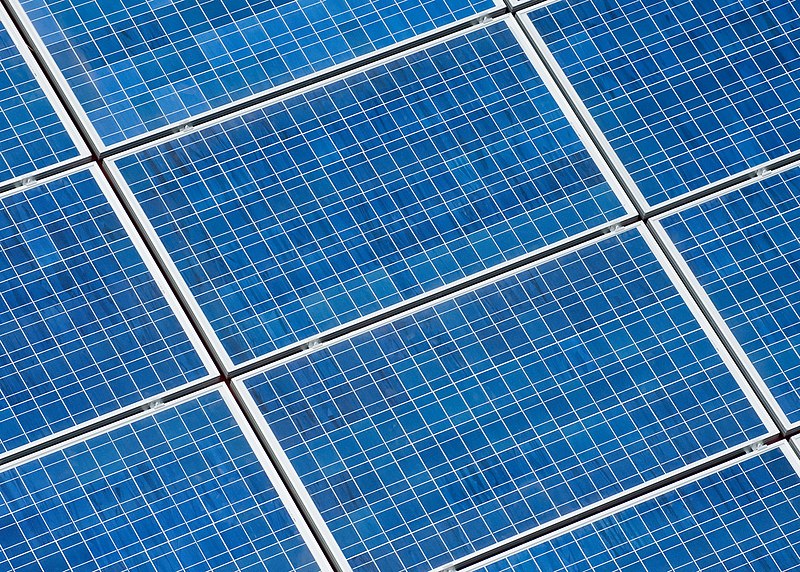 The use of solar panels are more common than what you might think. They are commonly used to power road signs, outdoor landscaping lights, and even spacecraft. But exactly how does a solar panel work in order to produce electricity?
The use of solar panels are more common than what you might think. They are commonly used to power road signs, outdoor landscaping lights, and even spacecraft. But exactly how does a solar panel work in order to produce electricity?
Solar panels are comprised of many small units called photovoltaic cells which convert sunlight into electricity. To generate electricity, these photovoltaic cells enable particles of light called photons to knock electrons free from atoms.
However, for the photovoltaic cells to perform this duty, an electric field must be present. When opposite charges are separated, an electric field occurs. To create this electric field, each photovoltaic cell contains two layers of silicon (a semi-conduction material).
The top layer contains phosphorus to create a negative charge by adding extra electrons. Since the top layer is positively charged, the bottom layer needs to be negatively charged. To do so, boron is added the bottom silicon layer to reduce the number of electrons thus creating a negative charge. When exposed to sunlight, the electric field knocks an electron out from the silicon.
To convert these electrons into usable power, the sides of the cell contain conductive metal plates that transfer the electrons to wires and create a flow of electricity.
If you are interested in solar panels in Macon to power your HVAC system, call one of the HVAC technicians at Total Comfort and Cooling today!




